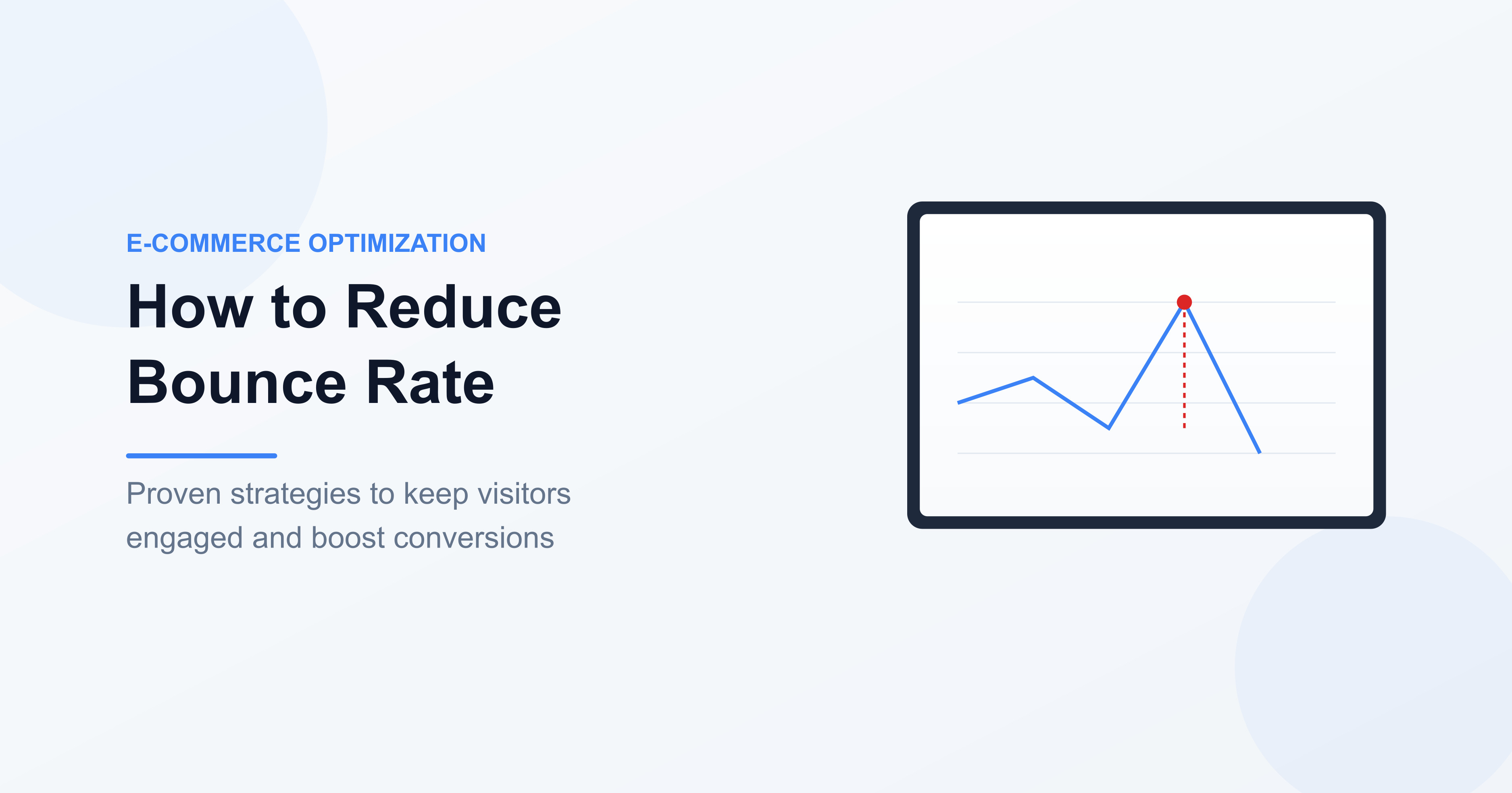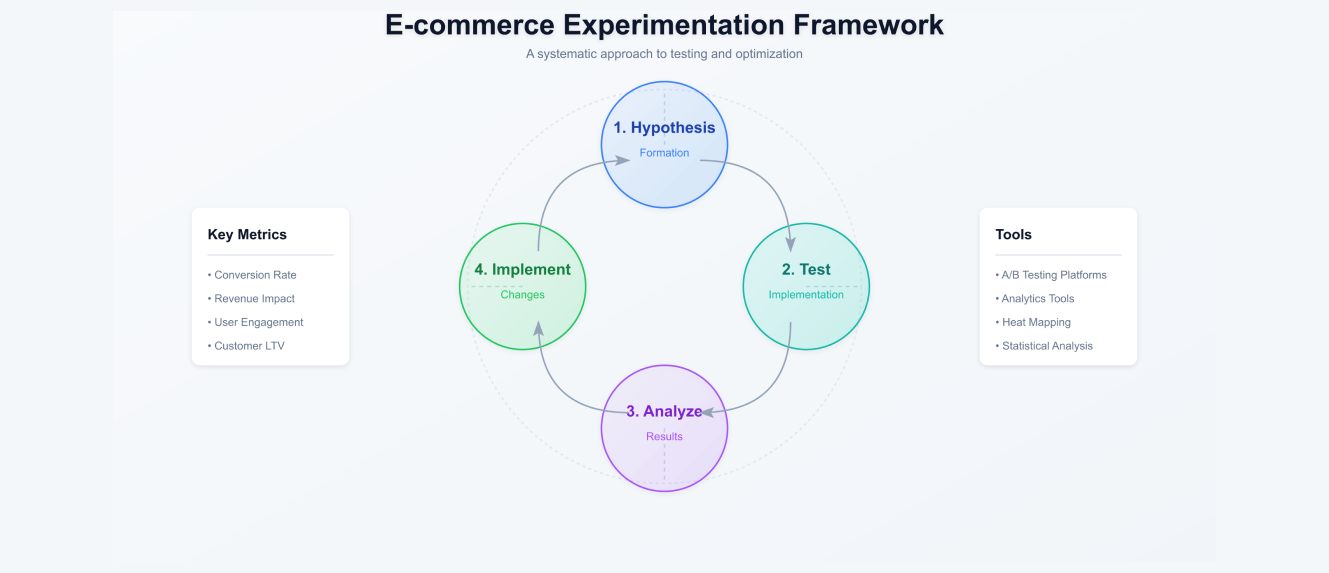How to Reduce Bounce Rate on E-commerce Websites: Strategies for Success

Bounce rate is a critical metric in e-commerce that reflects the percentage of visitors who leave your website after viewing just one page. A high bounce rate can signal poor user experience, irrelevant content, or technical issues, all of which hinder your ability to convert visitors into customers. Here's a comprehensive guide to understanding and reducing bounce rates on e-commerce websites.
Why Bounce Rate Matters in E-commerce
For e-commerce businesses, a high bounce rate means lost opportunities for sales. If visitors leave before exploring your products, you're losing potential customers. Moreover, bounce rate impacts your search engine rankings, as search engines like Google interpret it as a sign of poor content relevance or user experience. According to SEMrush, reducing bounce rates can directly improve engagement and conversion metrics.
Common Causes of High Bounce Rates
- Slow Page Load Times
- 53% of mobile users abandon a website that takes more than 3 seconds to load (Google).
- Poor Mobile Optimization
- With over 60% of online shopping happening on mobile devices, a non-responsive design can alienate mobile users.
- Unclear Value Proposition
- Intrusive Pop-Ups
- Irrelevant Landing Pages
- Poor Navigation
- Weak Calls-to-Action (CTAs)
Proven Strategies to Reduce Bounce Rate
1. Optimize Page Load Speed
- Compress images and use next-gen formats like WebP
- Enable browser caching and use a Content Delivery Network (CDN)
- Minimize CSS, JavaScript, and HTML
2. Enhance Mobile Responsiveness
- Use a responsive web design that adapts seamlessly to all screen sizes
- Optimize touch elements and ensure text is readable without zooming
3. Create Relevant Landing Pages
- Align your ad copy and search intent with the content
- Showcase clear value propositions with strong headlines
4. Simplify Navigation
- Use a clean and intuitive menu structure
- Incorporate breadcrumbs to guide users
- Include a search bar with autocomplete functionality
Case Study: How ASOS Reduced Their Bounce Rate
ASOS, a global e-commerce retailer, improved its bounce rate by focusing on:
- Mobile Optimization: A mobile-first design strategy reduced bounce rates by 20%
- Personalized Content: Recommendations tailored to user behavior increased engagement
- Streamlined Checkout: Simplifying the checkout process significantly improved retention
Pro Tip
Start with the low-hanging fruit: optimize your images, enable caching, and ensure your site is mobile-responsive. These quick wins can lead to significant improvements in bounce rate.


